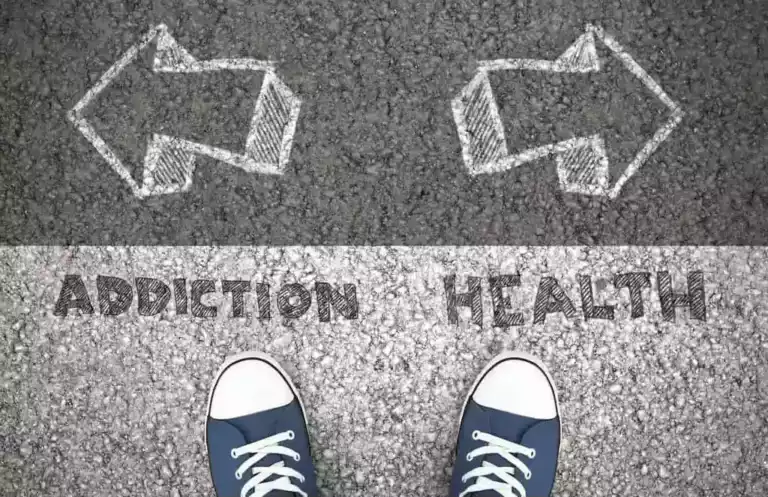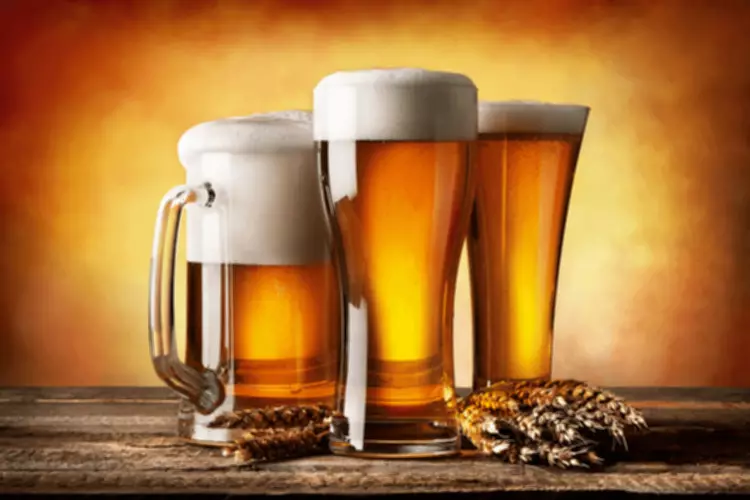Sorting out the health effects of alcohol

The retrieved documents involved contributions from authors across 139 different countries. The top ten most active countries are listed in Table 1, together accounting for approximately 84.7% of the total 2,342 documents. The USA led the group with 1,550 publications, 1,292 (56.1%) of which were solely from the USA, and 258 were international collaborations.
- This is sometimes called the “5+/4+ rule” (5-plus/4-plus rule) of binge drinking.
- Remember that the body can metabolize and excrete approximately one unit of alcohol per hour.
- Research has shown a strong correlation between increased alcohol intake and all-cause mortality, as well as for specific cancers.
- Certain personality traits can make you more prone to engage in binge drinking.
Find Drug Rehabilitation Centers Near You Anywhere In the US
Another study released in the summer of 2018 indicated that the national rates of fatal liver disease have risen alcohol rehab dramatically. The number of fatalities tied to alcohol-related liver disease among people ages 25 to 34 tripled between 1999 to 2016. This coincides with rising rates of binge drinking across the country.

Seek specialist treatment
- If you have trouble stopping drinking once you start, these tips can help you build a healthier relationship with alcohol.
- All information provided in featured rehab listings is verified by the facility officials.
- That works out to about five alcoholic drinks for men or four for women in less than 2 hours.
- Maybe you feel overconfident in your ability to drive while intoxicated, or you don’t think of the risks involved with physical stunts or going home with a stranger.
- You don’t have to give up drinking entirely—there’s plenty of middle ground between binge drinking and total abstinence.
- Binge drinking can affect your life in many ways including negative effects on personal relationships, livelihood, and legal consequences.
Sharing experiences, setbacks, and victories fosters a sense of community and accountability that can greatly improve the chances of long-term sobriety. Some research suggests that adhering to certain patterns binge drinking effects — such as spacing your weekly allotment of drinks out over a few days and consuming them with a meal — may be beneficial. The study described above examined how much alcohol consumption might be too much. Light drinkers (those consuming one to three drinks per week) had the lowest rates of cancer or death compared to those drinking less than 1 drink per week. The lower recommendation for women isn’t just because they are, on average, smaller than men. They produce less of the enzyme (called alcohol dehydrogenase, or ADH) that breaks down alcohol.
- Long-term damage from heavy alcohol use isn’t limited to people with alcohol use disorder.
- The lack of sleep worsens your depressive systems, so you turn to alcohol again.
- While frequent binge drinking does not mean a person has an alcohol use disorder, exhibiting many of these signs could indicate a heightened risk.
- In the majority of US states, having a blood alcohol concentration (BAC) of 0.08% or higher qualifies you as legally impaired.
- It isn’t linked to a dependency on alcohol, and the CDC frames it as a preventable problem.
People Also Ask

Excessive drinking can lead to vascular diseases, such as high blood pressure, heart disease, and stroke. Digestive problems and liver disease are also potential long-term health risks that binge drinkers face. Heavy drinking can also involve binge drinking five or more times in a given month. However, even if you’re drinking less than this in one session, if your binge drinking is having unwanted consequences in your life, it may be time to reassess your drinking habits. Binge drinking should not be confused with the habit of heavy drinking, defined as consuming 15 or more alcoholic beverages within 7 days.


Instead, the CDC defines it as a chronic condition, which means it’s a type of illness that’s persisting over a long period of time. So, although there are similarities, alcohol use disorder should be approached with a specific treatment plan that includes rehabilitation, care from addiction specialists and self-help programs like Alcoholics Anonymous. The National Institute on Alcohol Abuse and Alcoholism defines binge drinking as a pattern of drinking alcohol, typically within a 2-hour period, which brings a person’s BAC to 0.08% or higher. A person’s BAC is the percentage of alcohol in their blood, and in the United States, a BAC of 0.08% means the person is legally intoxicated. At Sana at Stowe, the approach to treating the effects of binge drinking is rooted in holistic care.
Recent Posts
- 1xBet Registration in Nigeria: Step-by-Step Guide for New Users
- Казино Онлайн — выберите любимые слоты и получите щедрые бонусы от Pin Up Casino.765
- Pin Up Casino – Azərbaycanda onlayn kazino Pin-Up.3097
- Découvrez le Code Promo Betify – Profitez de Offres Exclusives _
- Ghostbusters Multiple Slime Video slot wish upon a jackpot online slot Gamble 100 percent free IGT Slots 2025